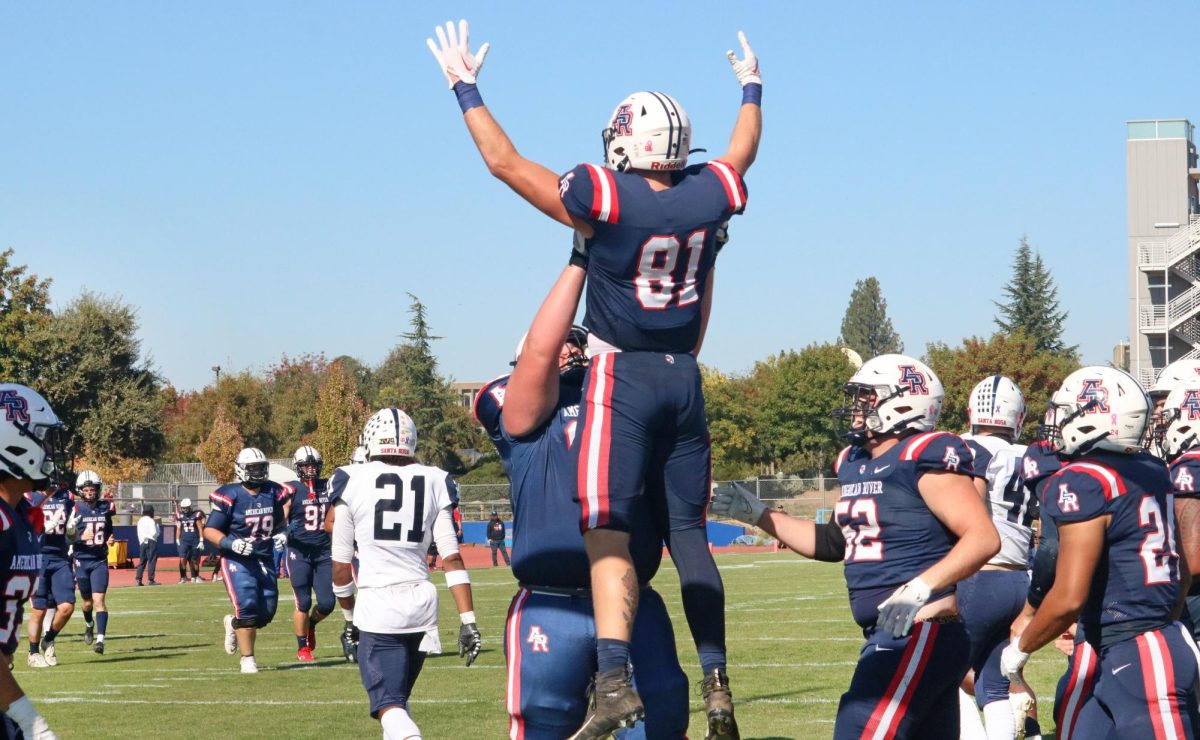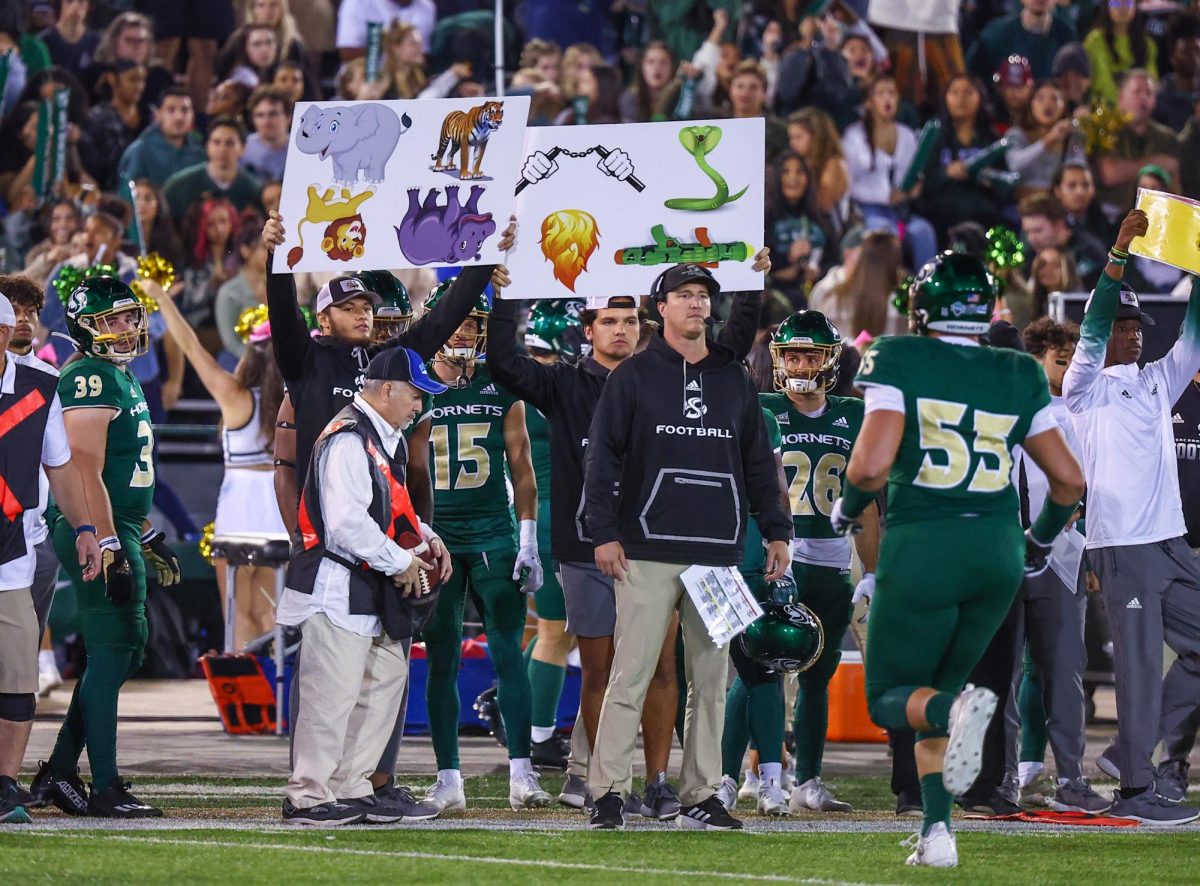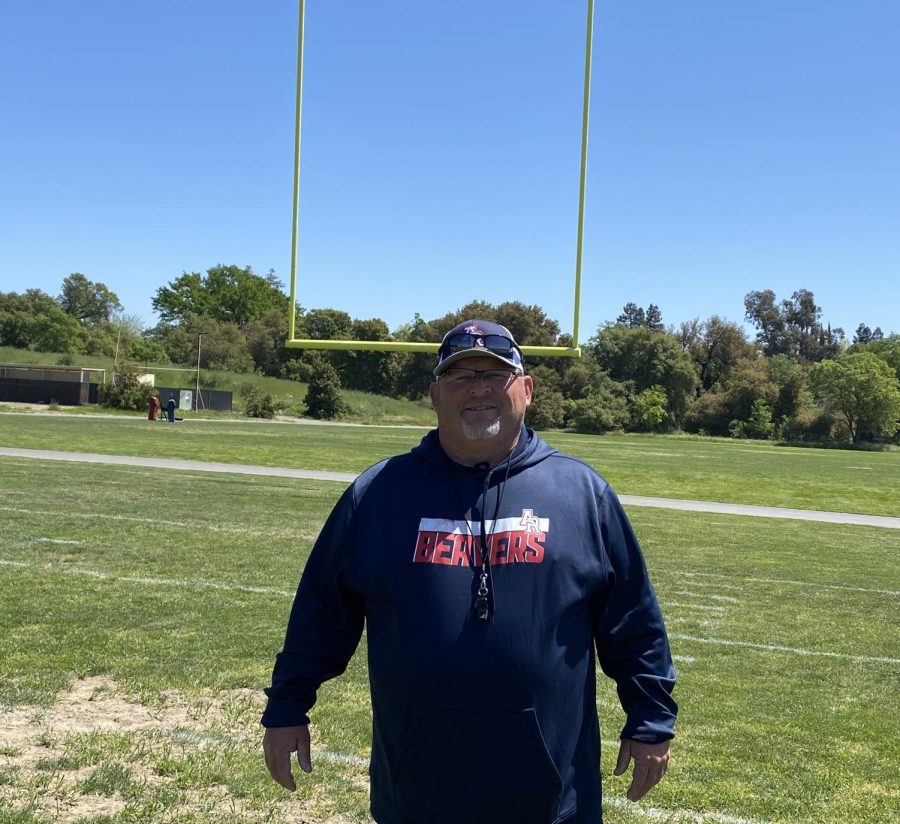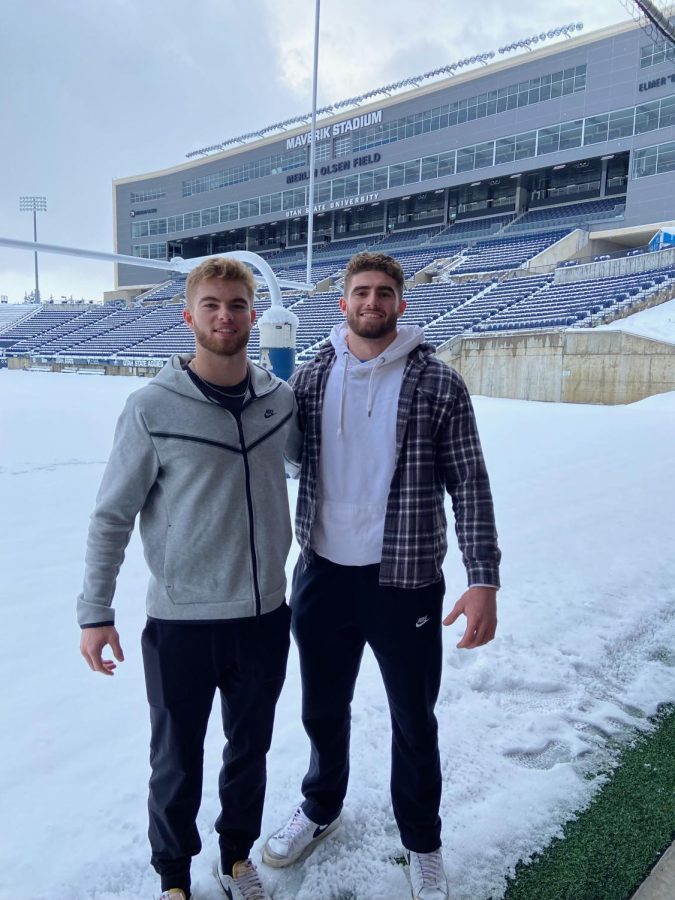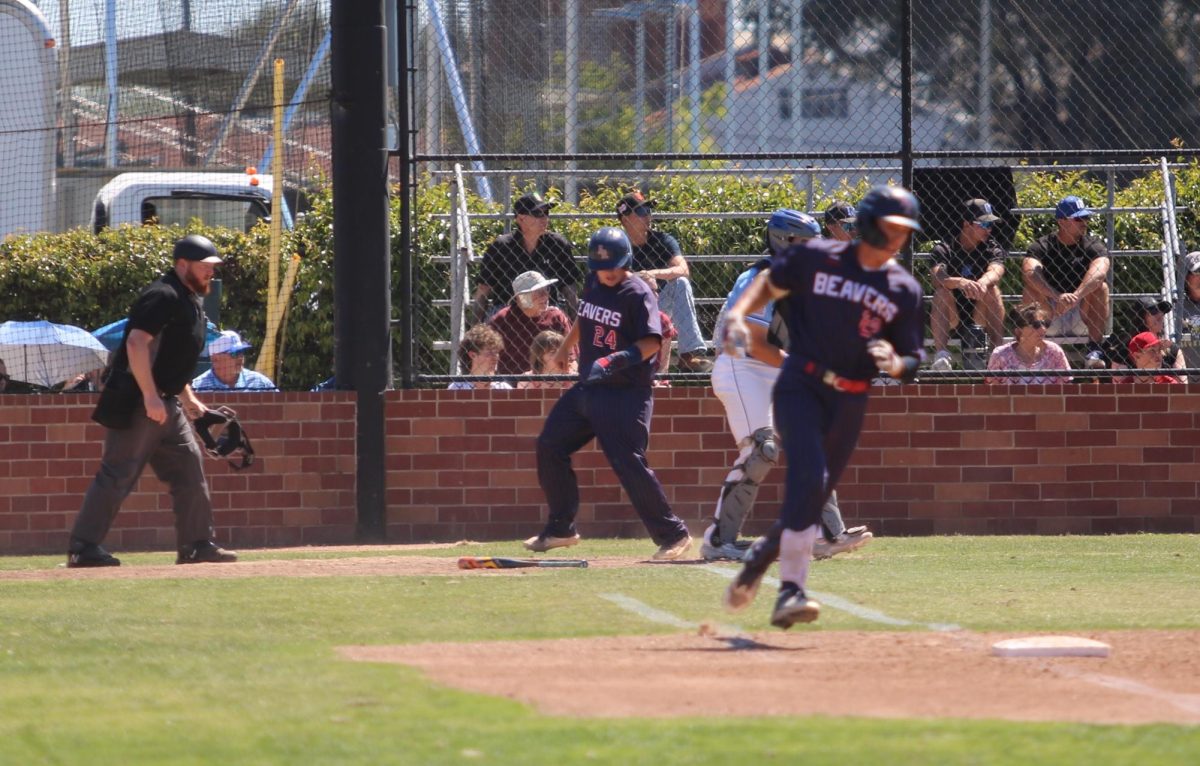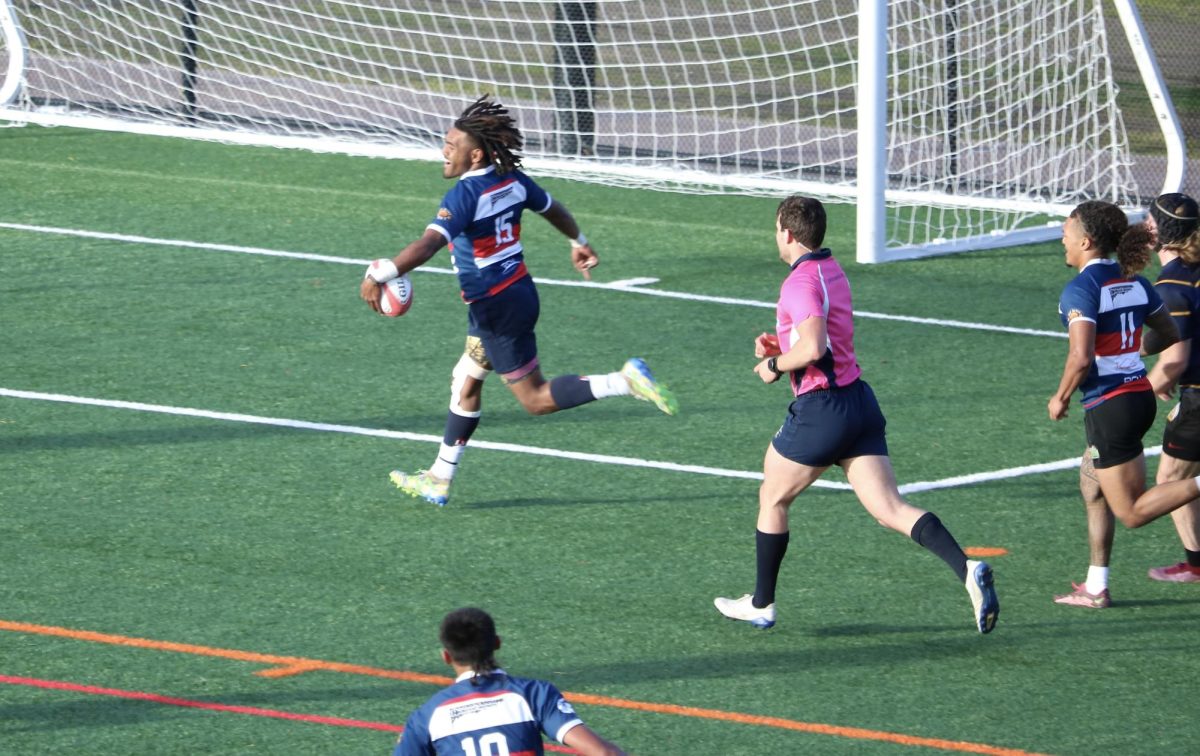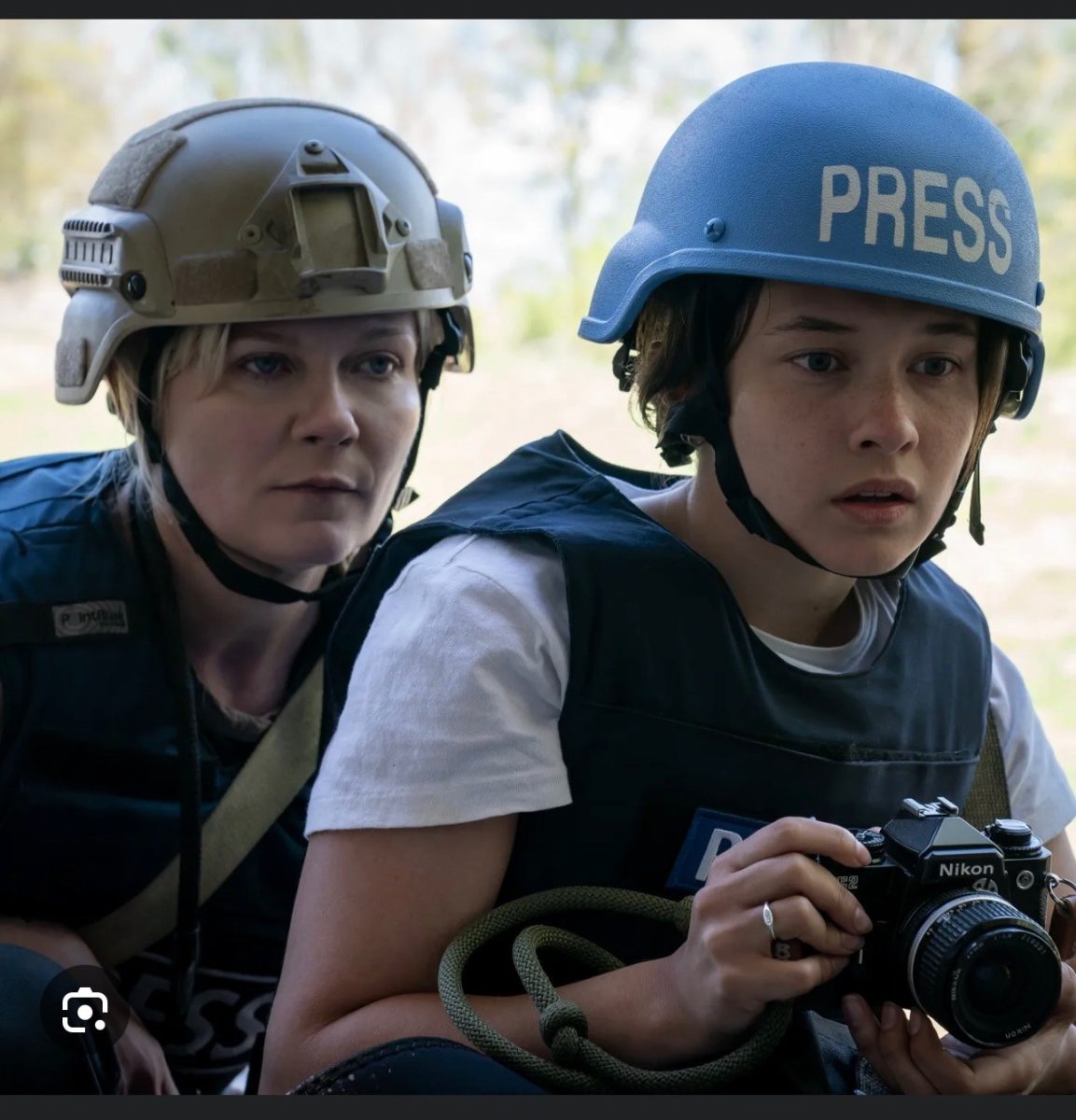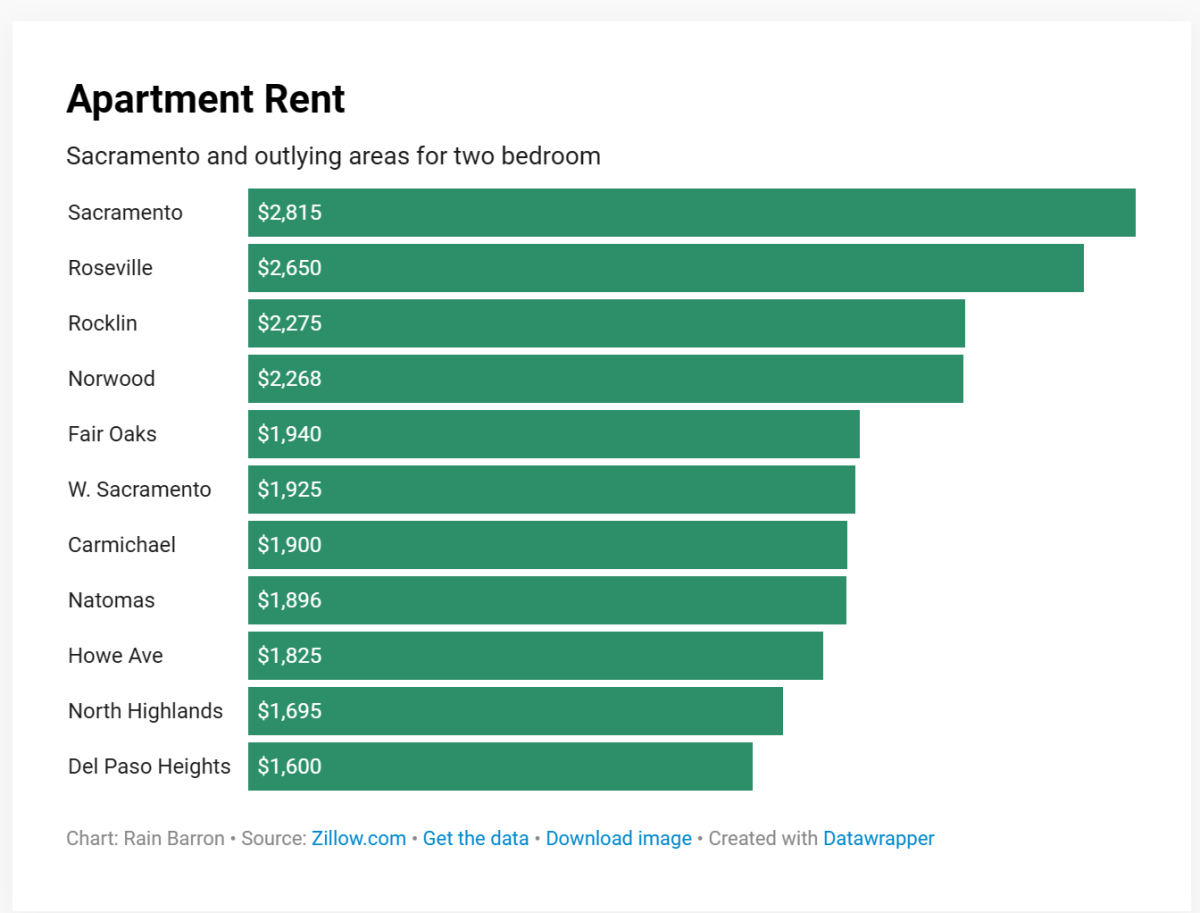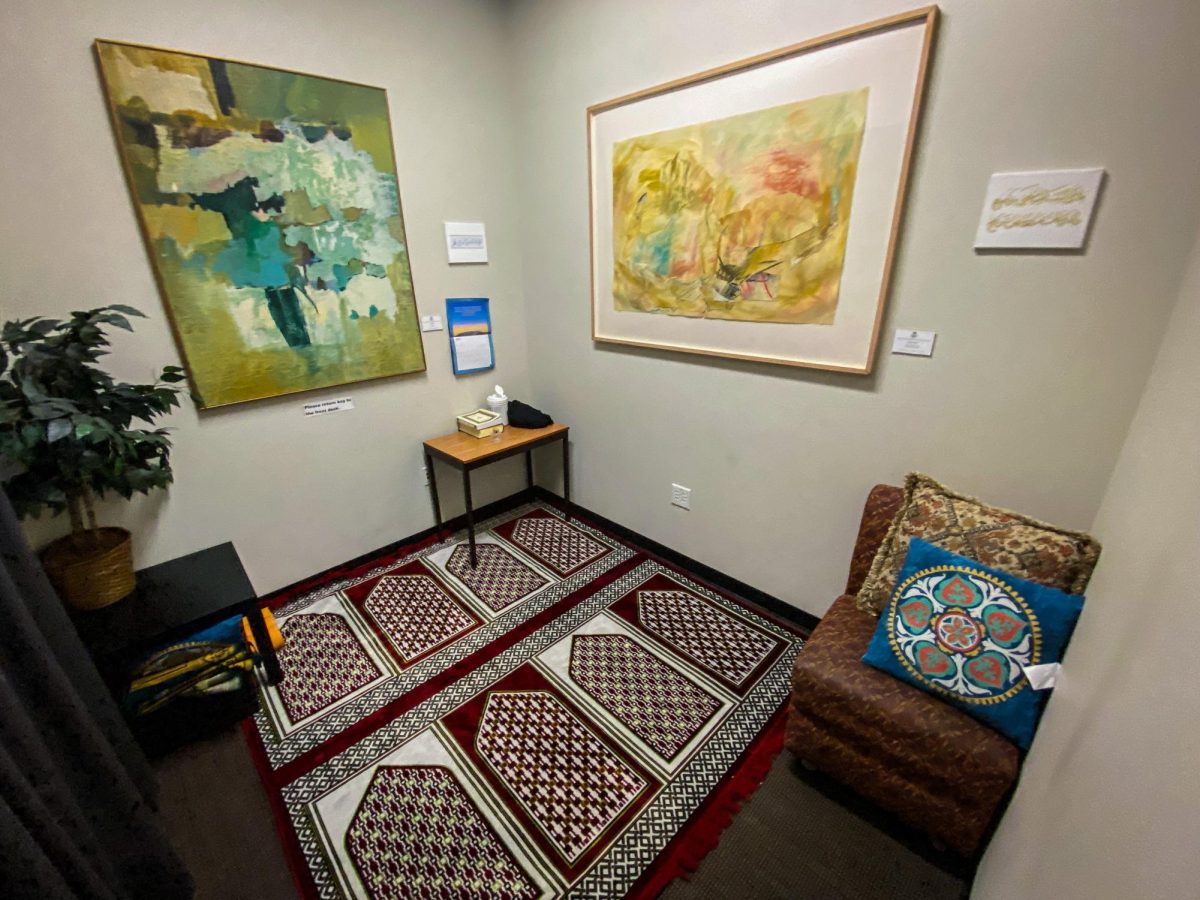Coaches in any sport, at all levels, can be seen strolling the sidelines during a game, barking orders and calling plays to their team, trying to motivate players during a stop in the action and always—no matter what—teaching.
Most people generally know this, as it is easy to obverse over the course of watching a sporting event.
That coach, while instructing his or her players and communicating strategy with any number of assistant coaches, is in the last hours of the mentally exhaustive effort that they put into their job not only on the field on game day but off of it too, in reviewing film, running practice and holding team meetings—partial areas that have nothing to do with the third down or last-second shot.
At the community college level a further twist develops, where balancing both coaching and teaching academic courses—sometimes even within the realm of instruction—takes place.
And the work never stops.
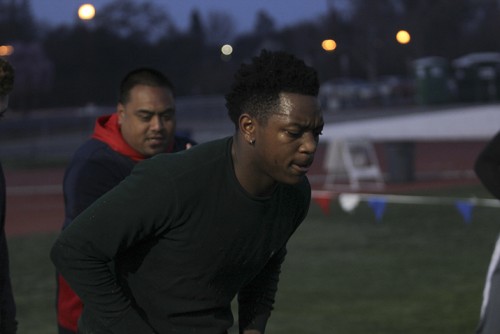
Even in the off-season for a coach at the community college level, their time is largely spent on building and developing the program in place, maintaining relationships with players on the team, and recruiting and preparing for the next playing season, even six months or more in advance.
Off-field work can take as much effort and far more time than on-field coaching ever will. Devising up schemes during a game, reviewing film after a game that had just been played, coaching and player meetings, running practice, organizing and operating recruiting trips, and building the program that has been installed all take place apart from the field where a coach looks for victory.
At the community college level, throw all the items listed above and toss in focusing on developing players both as an athlete and a student, with a higher priority on transferring the student to a four-year university, rather than focusing on what will bring the team and collective unit a victory on the field.
American River College head football coach Jon Osterhout spoke to some of the details that go into being a coach at the community college level and balancing out the processes that a coach must go through in running a recreational team and a classroom all wrapped together, while adding the responsibility that an unheralded level of competition brings to the job.
“We look for smart, tough, dependable, competitive individuals, that also fit the redeeming qualities outside of football,” Osterhout said. “So we’re looking for guys that have a sincere interest in being a student first, an athlete second.”
Osterhout emphasized “being smart” as a key factor for the students in how they conduct themselves, but also in what the coaches are looking to teach and to mold to get to the next level.
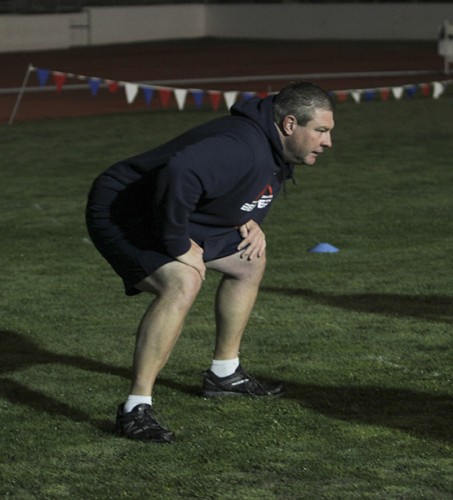
“We’re not just talking from a football IQ standpoint. We’re looking for somebody that really has an idea of where they’re headed in life.”
“We feel that if we’re able to identify smart guys, guys that are able to process information, guys that are able to retain information, not only are they going to be successful in the classroom environment, it’s going to enable (the coaches) to throw the kitchen sink at them in regards to what we do schematically, what we do from a game standpoint, what we do from a strength and conditioning standpoint. All those things are factored in,” Osterhout clarified.
In regard to toughness, Osterhout said the mental aspect is the most important.
“The mental challenge that you go through, in regards to your off-season strength and conditioning program, in regards to the summer program, in regards to the 22 practices that we get in training camp prior to the first game,” Osterhout said.
Osterhout added that dependability builds camaraderie among the team and that the competitive nature is a key aspect in seeing the capabilities of an athlete.
“If we’re trying to help prepare these young men for what they’re going to see at the university level, they need to see that now as freshman and sophomores. They need to see that when they’re 17, 18, 19 years old,” Osterhout said.
Osterhout was a graduate assistant at the University of Nebraska from 2006 to 2008, which has helped him mold the program at the junior college level as he knows what the players will need to expect when they transfer.
“When you get to the four-year university level as a student athlete, it’s extremely competitive,” added Osterhout. “Everybody there is really, really good. Everybody there is there for a reason.”
Nick Terry, who came to American River College after going to and playing a few games at Boise State straight out of high school, turned down offers from multiple schools including UC Berkeley.
“In high school, I chose where to go because of the coaching staff, and that’s not what you’re supposed to do,” Terry said. “I learned that the hard way.”
The main coach that recruited Terry at Boise State left for the University of Nevada, Reno before Terry even arrived.
Terry played infrequently and eventually asked permission to talk with other schools, after which he said any welcoming feeling disappeared.
Terry kept in contact with Osterhout, who he had known since high school and arrived during spring 2015.
At first, Terry wasn’t sure how to adjust with dropping down a level in competition, knowing he was risking a chance to be re-recruited to a higher level school.
“I only had one semester to prove myself, so it was a gamble,” Terry said.
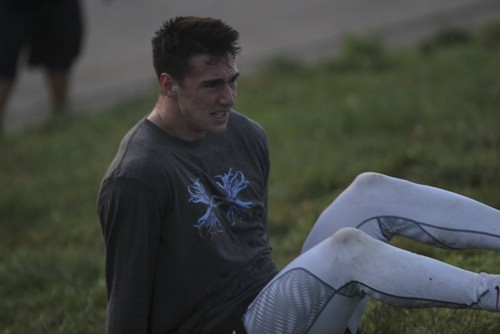
Terry, along with 2015 teammate Chigozie Nnoruka, are both transferring to UCLA for the 2016 playing season.
Nnoruka ended up at ARC after transcripts from his school years in Nigeria did not transfer over to the university level in the U.S. He also said he didn’t at first understand how the recruitment process worked and only played football during his senior year in high school.
“Now you go to camps and stuff like that (for recruiting), and by senior year it was kind of too late,” Nnoruka said.
Nnoruka received offers from four-year schools, but thought he had the talent to get more prestigious offers.
“Coming to a (junior college), it’s a risk,” Nnoruka said. “You’re not getting the food, you’re not getting the gear.”
Nnoruka and Terry both said that they felt ARC in particular ran like a Division I program.
Jordan Kunaszyk, who came to ARC out of Roseville High School, played in 2015 after a redshirt 2014 season, and had originally opted to stay in 2016 in hopes of getting recruited to a big school when he’s ready to transfer before receiving and accepting an offer to Cal Berkeley.
“I was looking to play Division I football, so that’s why I (went there),” Kunaszyk said.
Kunaszyk said he’s matured in various ways since coming to ARC, something that he believes will help immensely when it comes time to transfer.
“It’s a whole different level of commitment,” Kunaszyk said. “Accountability. If you’re not all in, if you’re missing stuff, if you’re not doing things the right way, it’s going to hurt you at a bigger school.”
Kunaszyk said Osterhout has one message he repeats most often to his players.
“‘Take care of (your) academics,’” Kunaszyk said. “He drills that in our heads, ultimately that’s why we’re here. Football is secondary to your education.”
Osterhout defines success in his program in a way that’s easy to understand.
“Player development. Student athlete development. It’s as simple as that,” Osterhout said.
Osterhout said the work for both himself and his assistant coaches doesn’t stop. From personal connections with players, the hours of practice time and strategic planning, to the communication from high school levels to Division I, there is always something to take care of.
“We’re helping to facilitate student-athlete learning,” Osterhout said. “This is a commitment over time. This is year-round commitment.”


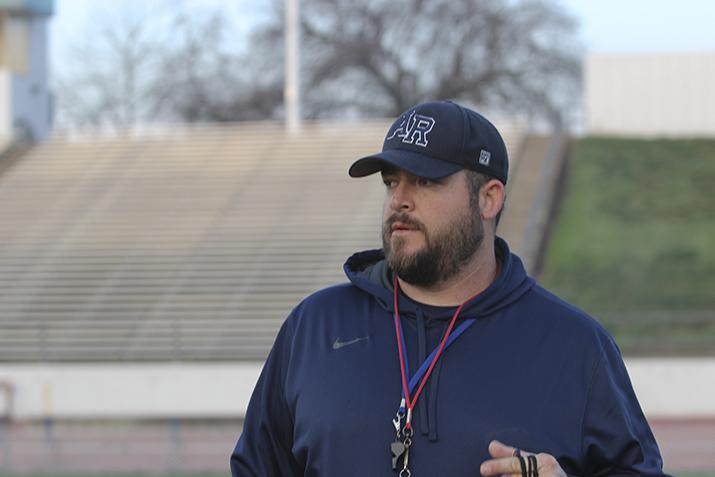

![“[I think the] 49ers. I don’t really like the Chiefs. [The final score will be] 27-21. I think Purdy is going to have more passing yards than Mahomes, and Aiyuk will have [the] most receiving.” - Omar Alrayis | Computer Science Major](https://www.arcurrent.com/wp-content/uploads/2024/02/240201-campuspulse-superbowl-sb-1200x800.jpg)
